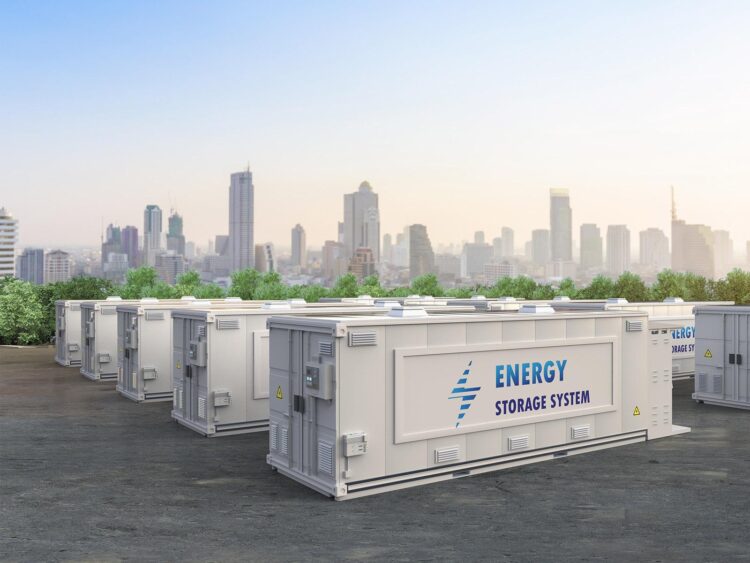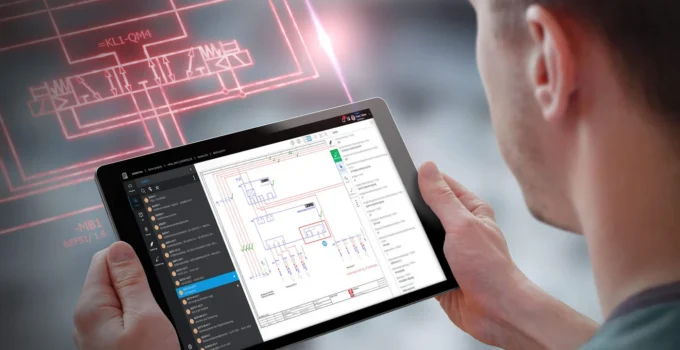Electrical design is at the heart of modern technology, powering everything from our homes to our gadgets. As we step into the next decade, several trends are poised to reshape the landscape of electrical design.
This article explores these trends, providing a glimpse into the future of this dynamic field for every electrical contractor.
Page Contents
Smart Grids
Smart grids are modernized electrical grids that use digital technology to monitor and manage the flow of electricity from all sources to meet the varying electricity demands of end users. Unlike traditional grids, smart grids are designed to be flexible, reliable, and efficient.
Benefits:
- Improved reliability ─ Smart grids can detect and respond to issues in real time, reducing the frequency and duration of power outages.
- Enhanced efficiency ─ By optimizing energy distribution, smart grids can reduce energy waste and lower operational costs.
- Integration of renewable energy ─ Smart grids can seamlessly integrate renewable energy sources like solar and wind, balancing supply and demand more effectively.
Artificial Intelligence (AI) and the Internet of Things (IoT) play crucial roles in the development of smart grids. AI algorithms analyze vast amounts of data to predict energy usage patterns, while IoT devices provide real-time monitoring and control. This combination allows for more precise and efficient energy management.
Renewable Energy Integration

Source: clouglobal.com
With growing concerns about climate change and the depletion of fossil fuels, there is a significant push towards renewable energy. Solar and wind power are leading the charge, but other sources like hydropower and geothermal energy are also gaining traction.
Challenges and Solutions
- Intermittency ─ Renewable energy sources like solar and wind are intermittent, meaning they do not produce a constant output. Advanced energy storage solutions, such as lithium-ion batteries and pumped hydro storage, are essential to address this challenge.
- Grid compatibility ─ Integrating renewable energy into the existing grid requires significant upgrades. Smart inverters and grid management software can help ensure compatibility and stability.
Emerging technologies like floating solar panels, offshore wind farms, and advanced biofuels are expanding the possibilities for renewable energy. These innovations promise to make renewable energy more accessible and efficient.
Energy Storage Systems

Source: pnnl.gov
Energy storage systems are crucial for stabilizing the grid and ensuring a steady supply of electricity, especially with the increasing reliance on renewable energy sources.
Types of Energy Storage
- Batteries ─ Lithium-ion batteries are currently the most popular form of energy storage. However, other types like solid-state batteries and flow batteries are being developed to offer better performance and longer lifespans.
- Thermal storage ─ This involves storing energy in the form of heat, which can be converted back into electricity when needed. Examples include molten salt storage and phase-change materials.
- Mechanical storage ─ Technologies like pumped hydro storage and flywheels store energy in mechanical form and convert it back to electricity when required.
Sustainable Electrical Design
The use of eco-friendly materials in electrical design is gaining importance. These materials are sourced sustainably and have a lower environmental impact during their lifecycle.
Modular and prefabricated components simplify construction and reduce waste. These components can be easily assembled on-site, speeding up construction times and improving efficiency.
Lifecycle Assessment

Source: globalgreenconnect.com
Lifecycle assessment (LCA) is a method used to evaluate the environmental impact of a product from its production to disposal. By conducting LCA, designers can make informed decisions to minimize the environmental footprint of their projects.
Cybersecurity in Electrical Design
As electrical systems become more connected and reliant on digital technology, they are increasingly vulnerable to cyberattacks. Cybersecurity is becoming a critical aspect of electrical design to protect against these threats.
Security measures:
- Encryption ─ Data transmitted between devices and systems should be encrypted to prevent unauthorized access.
- Access control ─ Implementing strict access control measures ensures that only authorized personnel can access sensitive systems and data.
- Regular updates and patches ─ Keeping software and firmware up to date is essential to protect against known vulnerabilities.
Conclusion
The next decade promises to be an exciting period for electrical design. From smart grids and renewable energy integration to advanced energy storage and electric vehicles, the trends shaping the future of this field are driven by innovation and sustainability.





